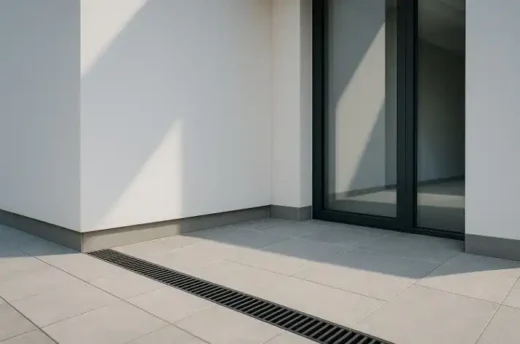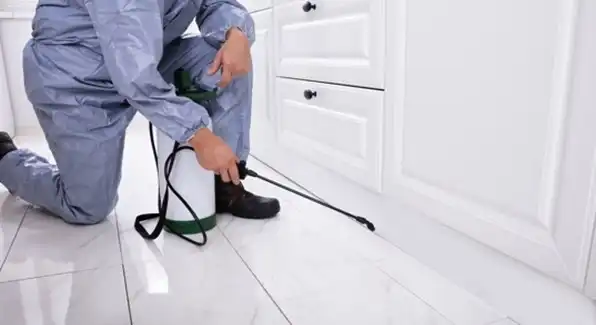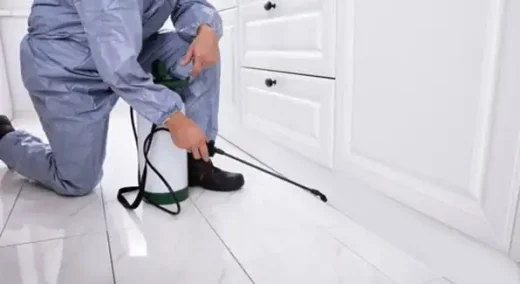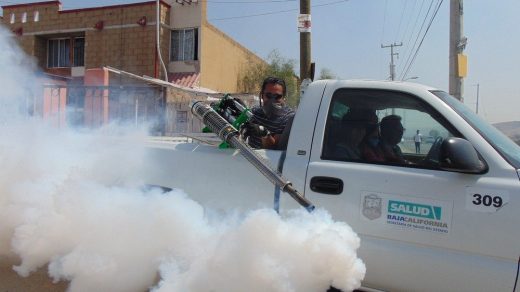How regular inspections prevent pest problems advice, Insects removal tips, Property clean control
How Regular Inspections Prevent Major Pest Problems
July 13, 2025
Pests can silently invade your home or business, causing damage and health risks before you even realise there’s an issue. What starts as a minor nuisance—like a few ants in the kitchen or a couple of spiders in the garage—can quickly escalate into a major infestation. The key to preventing these situations is regular, thorough pest inspections.
Routine inspections act as an early warning system, catching the subtle signs of pest activity before they become serious and costly problems. In this article, we’ll explore how regular pest inspections save you time, money, and stress by providing a proactive line of defence.
Why Regular Pest Inspections Matter
Many pests are excellent at hiding in cracks, behind walls, and beneath floorboards. Termites, for example, can live in your home for months—or even years—before signs of structural damage appear. Rodents can nest in your attic and chew through insulation and wiring, posing a serious fire hazard.
Without routine checks, you’re leaving your property vulnerable to unseen threats that can compromise both safety and hygiene. Regular inspections give professionals the chance to detect:
- Early signs of infestation (droppings, nests, damage)
- Structural weaknesses that pests exploit
- Entry points before they’re discovered by unwanted invaders
- High-risk conditions like moisture buildup, which attracts termites and roaches
How Inspections Support Long-Term Pest Control
One-time treatments may offer temporary relief, but long-term pest management requires ongoing vigilance. This is especially true in pest-prone regions where seasonal shifts influence insect and rodent behaviour.
Partnering with a local Dayton pest control expert ensures that your property is regularly evaluated for current and emerging risks. These professionals use advanced tools and deep knowledge of regional pest activity to craft a strategy tailored to your home or business.
With a consistent inspection schedule, they can detect activity early, treat hotspots before infestations spread, and offer proactive advice to make your property less attractive to pests.
What Happens During a Pest Inspection?
A comprehensive inspection doesn’t just focus on visible areas. It includes a detailed look at both the interior and exterior of your property to identify conditions that encourage pest activity.
Here’s what you can typically expect:
Interior Inspection Includes:
- Checking kitchens and bathrooms for moisture and food debris
- Examining baseboards, corners, and behind appliances
- Identifying signs of rodents (droppings, gnaw marks, nesting materials)
- Inspecting attic, basement, and crawl spaces for termites or mould
Exterior Inspection Covers:
- Gaps in doors, windows, and foundation
- Overhanging tree branches or vegetation touching the house
- Cracks in siding, bricks, or stucco
- Drainage issues that attract pests
Pest control technicians may also use tools like UV flashlights, moisture meters, and infrared cameras to detect signs that are invisible to the naked eye.
Benefits of Routine Pest Inspections
1. Early Detection = Lower Costs
Spotting a small ant trail or rodent entry point early on allows for swift, affordable treatment. Once pests settle and reproduce, removal becomes more difficult—and expensive.
2. Protects Structural Integrity
Pests like termites and carpenter ants literally eat away at your home’s bones. Early intervention prevents costly structural repairs and maintains the value of your property.
3. Promotes a Healthier Environment
Rodents and cockroaches can contaminate food, spread disease, and trigger allergies. Keeping them out protects your family’s or employees’ well-being.
4. Customised Prevention Plans
Every property is unique. Regular inspections allow pest control experts to adjust strategies based on the layout, usage, and seasonal threats relevant to your location.
5. Peace of Mind
There’s no substitute for knowing your home or business is pest-free. Regular inspections offer reassurance that someone is keeping a watchful eye on hidden threats.
Ideal Inspection Frequency
While each situation is different, we recommend the following general schedule:
- Residential homes: Once every 6 to 12 months
- Homes in high-risk areas (wooded, humid): Every 3 to 6 months
- Commercial buildings and food establishments: Monthly or quarterly
- After renovations or water damage: Immediate inspection advised
Discuss your specific needs with a trusted pest control provider to determine the most effective inspection frequency for your property.
Signs You’re Overdue for a Pest Inspection
Even if you haven’t seen pests, these signs suggest it’s time for a check-up:
- Musty or foul odours in hidden spaces
- Unexplained property damage (holes in drywall, chewed wires)
- Droppings or grease marks
- Sounds in the walls or attic (scratching, squeaking)
- Recurring pest sightings despite using sprays or traps
Don’t wait until the issue becomes unmanageable—regular inspections could have prevented it.
Combining Inspections with Integrated Pest Management (IPM)
The most effective pest control isn’t just about killing pests—it’s about making your property uninhabitable for them in the first place. This is where Integrated Pest Management (IPM) shines.
By combining regular inspections with:
- Habitat modification
- Sanitation improvements
- Exclusion techniques (sealing entry points)
- Low-impact treatments
…you get a holistic, eco-friendly solution that works long term.
FAQs About Regular Pest Inspections
Q: Are inspections necessary if I don’t have a pest problem?
A: Yes! The goal is to catch issues before they arise. Preventative maintenance is always cheaper and more effective than reactive treatment.
Q: Can I do my own pest inspection?
A: While you can spot some signs, professionals have tools and experience to catch early-stage infestations or hidden damage that’s easily missed.
Q: How long does a pest inspection take?
A: Most residential inspections take 30 minutes to an hour, depending on the size and complexity of the property.
Take Control Before Pests Take Over
In the battle against pests, proactivity is everything. Regular inspections help you stay a step ahead—protecting your home, your wallet, and your peace of mind.
Don’t wait until pests have invaded your walls, your pantry, or your wiring. Partner with a trusted pest control provider and schedule routine inspections as part of your home maintenance plan.
Comments on this guide to How regular inspections prevent pest problems article are welcome.
Pest Control
Pest Control Articles
Integrating pest control into modern architecture

Achieving excellence in pest eradication
Building Articles
Residential Architecture
Comments / photos for the How regular inspections prevent pest problems guide page welcome.







